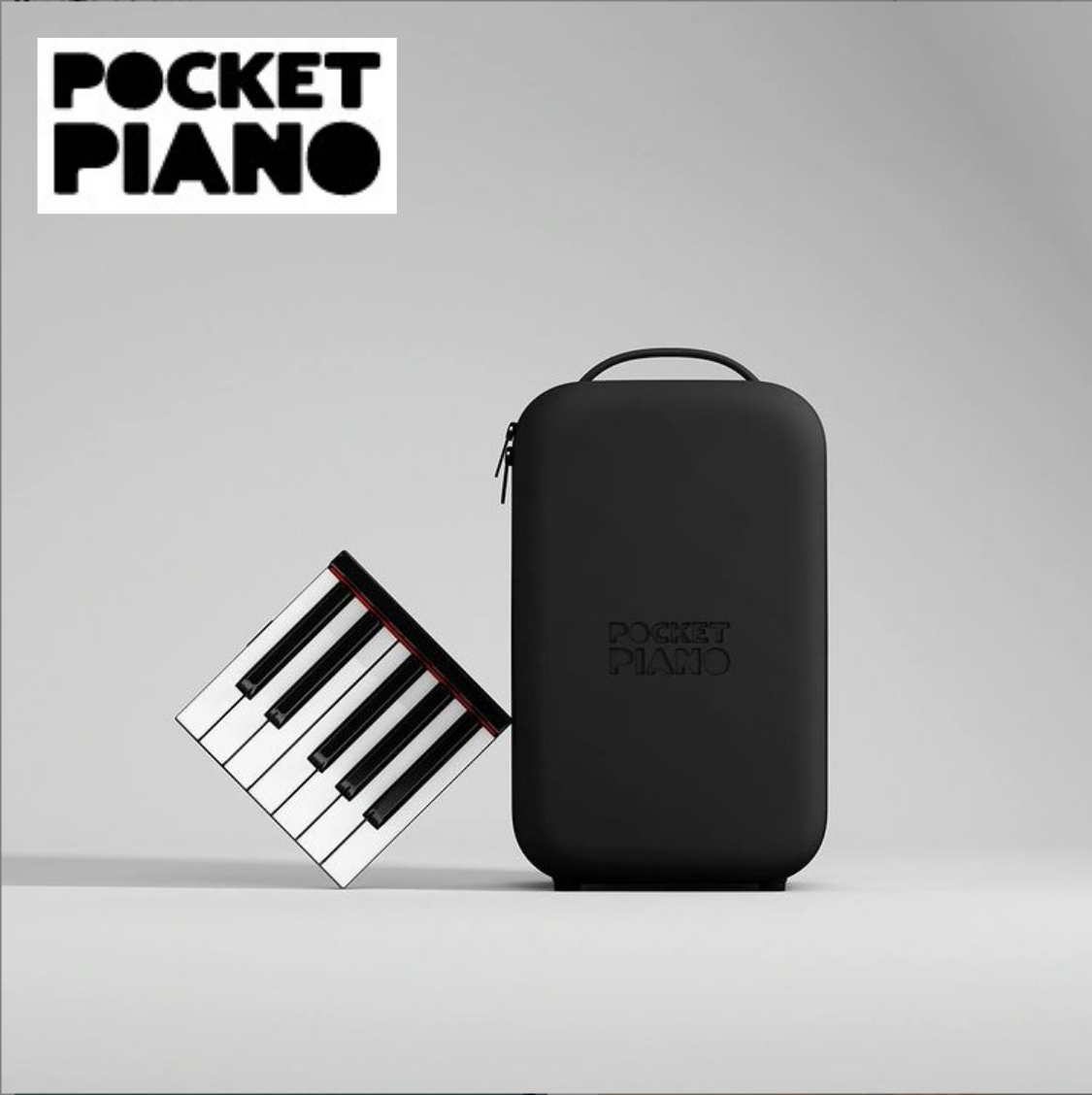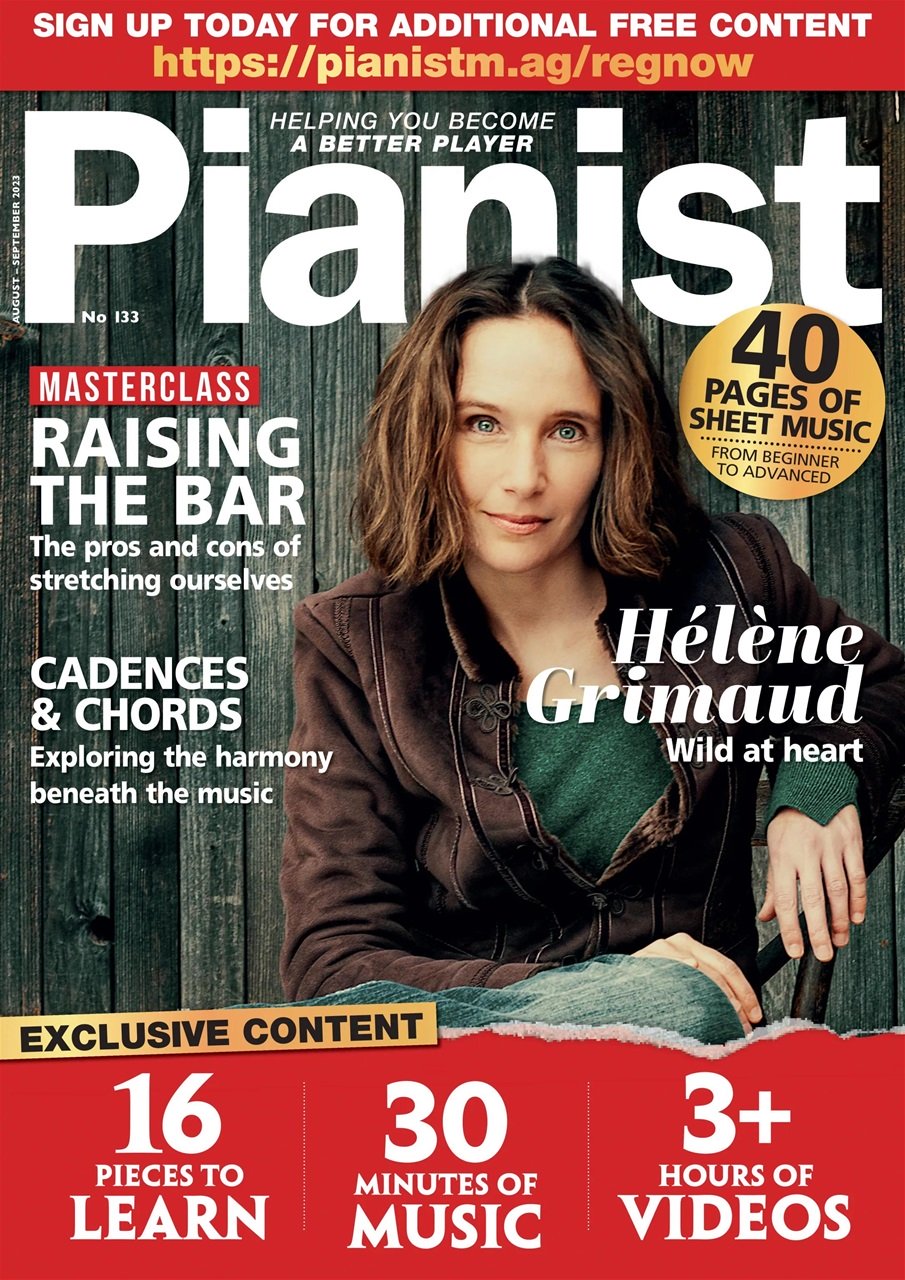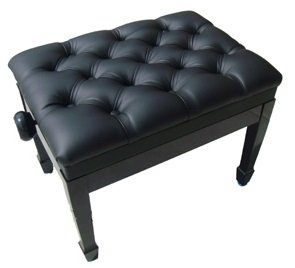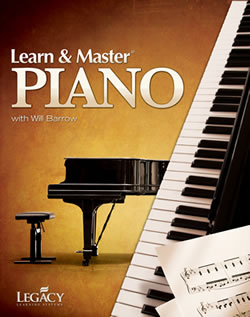The Tone Quality of Your Piano:
Which Factors Influence Its
Own Unique Sound?
The tone quality of your piano is influenced by several factors.
These factors, to a greater or lesser extent, do not depend upon the hands of the pianist playing the piano, nor upon the aptitude of the musician who is creating music, but upon the design, construction, and materials utilized which comprise the piano itself, making up the individual parts and the sum-total whole.
These major, minor, and subtle variations and differences in a piano's construction, are responsible for producing a varied color tonal palette of sounds, which a piano is capable of producing.
(1) Physical factors: the design and quality of a piano's materials (piano size; wood type; action design & materials; hammer design & materials; soundboard design, size, & quality, etc.), (2) the placement of your piano, and the (3) seasoning of your piano's soundboard and other components, are the three main ingredients which influence a piano’s tone.
PianoBuyer posted an article on Ten Ways to Voice a Room, which highlights and discusses the reasons why your piano sounds the way it does, where it is placed.
In the book, Grand Obsession: A Piano Odyssey, the pianist in the story discovers the new piano, she originally had fallen in love with, had lost its intrinsic tonal qualities, which attracted her to the piano in the beginning, after having arrived home from the dealership.
The most accomplished pianist in the world cannot create the best music he/she desires, without a high quality, finely crafted, and well maintained piano to perform on.
If the piano is made of inferior, substandard materials, and is placed in a position where the sound cannot carry, performances may only be substandard.
There are several factors which influence the tone quality of your piano, of which include the following:
The hammers. The hammers are the objects that come into contact, and collide directly with the strings, thus creating sound. Without the intrinsic role of the hammers, vibration is not possible, and by extension, the production of music.
The quality of materials used in manufacturing
hammers also affect the tonal qualities of your piano, including the
• hardness or softness of the hammer's striking surface, aka "voicing"
• shape, size and weight of each hammer, per note
• point at which the hammer comes into contact with the strings; distance from the bridge
• material with which the hammer core is covered: felt, leather, or a combination.
The soundboard. Left on its own, the sound created by the strings and hammers are too quiet to be heard by the human ear. The soundboard amplifies the sound of the strings, by allowing their vibrations to reverberate fully within its mass, making them more audible.
Attributes of the
soundboard which affect the tonal quality of a piano are the following:
• thickness
• qualities of wood from which the soundboard is made
• direction of wood grain in relation to the direction of the strings
• bridge placement on soundboard: size, relationship to center & edge of the soundboard
• ribs under soundboard: the size, shape, number, spacing, and the shape of cross-section
The strings. The actual vocal
cords of the piano, these are responsible for the production of the audible tones, vibrations, and sounds we hear. The hammers collide with the wires, actually creating vibrations, which are transmitted through the bridge attached to the soundboard, amplified by the soundboard, and produce a sound only a piano can create.
The quality and attributes of the wires used within the
piano, affect the tone quality of a piano's sound. Major factors
include the following:
• wire length
• wire tension
• wire diameter per note
• material of wire; harder or softer
• material of copper windings on bass strings
• number of strings per note in various parts of range
• parallel string layout throughout range (straight-strung)
• layout of bass strings crossing above tenor strings (over-strung)
If the piano you love has lost that distinguishing attraction, characteristics, and "feeling" that caused you to fall in love with what you originally once felt and heard... and if you long to see these qualities restored back into your piano again, contact us today.
The difference in tone quality you will experience will bring back to life its resonant, inviting, pure, and bell-like tones you so long to hear, which can be made alive again, within your piano.
SUBSCRIBE TO OUR FREE EZINE:
Support our site at no cost to you. Make your Amazon purchases by clicking through this link, here.







 Click Here to View our Terms and Conditions
Click Here to View our Terms and Conditions